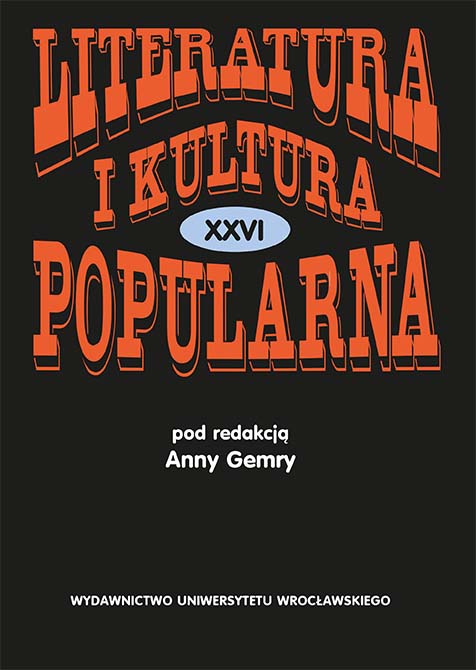

Artykuły

The aim of the article is to compare two old-Polish dramas of the so-called “popular scene”, and thus point to the directions of evolution of carnival representations in the former Polish Nobles’ Republic. The first work comes from the mid-sixteenth century and is characterised by a simple story. The second , written in the first half of the seventeenth century, has a vast plot and much more extensive stage directions. By contrasting both the story and the type of heroes and the way of constructing a verbal joke by anonymous authors, the author comes to the conclusion that although both performances meet the convention of old-Polish “tragicomedy”, one can see not only similarities, but also significant differences. In Tragedia żebracza of 1552, the story is based on one plot only (the conflict between beggars and a merchant), while in the text written in the seventeenth century there are many more plots. In both texts, cheerful scenes are intertwined with sad ones (according to the then convention of “tragicomedy”), and the finales of the stories in both works are happy.
The comedy is achieved, both in the sixteenth- and seventeenth- century drama, mainly through contrast and surprise (e.g. contrasting characters with a different mentality, ways of thinking and speaking; the contrast between stereotypical images and authentic images of people, inadequacy of declarations in relation to real people, behaviour of some stage characters incompatible with the viewer’s expectations, an example of which is a lively dance of an allegedly sick and lame beggar, etc.) In both texts we observe a type of humour that fits into the old-Polish concept of so-called “satirical comedy”. This means that some characters are consciously and deliberately degraded by ridiculing and highlighting their negative traits. Thus, comic elements do not serve only a ludic function and are not merely “attached” to the story itself to achieve humorous effects, as Julian Lewański, a researcher of old-Polish drama, wrote many years ago. This is because comedy also serves for didactic purposes.
More recognizable as a “carnival” drama is the seventeenth-century work. It contains, unlike the sixteenth-century work, a lot of allusions to the carnival time and post-New Year’s party (organised after t New Year’s Day). In the extended stage directions of the Baroque text, the author signalled much more stage means to build comic situations than in the sixteenth-century drama, for example, the author’s information on the facial expressions or, close to pantomime, the actors’ clownish movements are significant. This is related to the appearance, the action and the characteristics of the mask-characters. The masquerade is still very poorly outlined in Renaissance tragicomedy (removing rags and putting on beautiful robes by the beggars can be treated as the masquerade). The Baroque text is dominated by stage characters wearing masks. In the seventeenth-century work we can also observe a desire to diversify the action, increasing the number of comedy heroes and verbal jokes. In these jokes there is a play on words, funny associations, paronymity and ambivalence of meanings. In the Baroque drama the number of means and ways of expressing comedy has also increased, e.g. we observe language parodies absent from the sixteenth-century text, unusual concepts and arguments of stage characters based on absurdity. Moreover, the anonymous seventeenth-century author used literary irony in his text (in the “sophist’s” utterance) as a separate means of provoking comedy.
The contrast of those two “carnival” shows originating from two old-Polish literary periods — the Renaissance and the Baroque, is a testimony to the development and transformation of the “tragicomedy” genre.